文章目录
- UDP协议
- UDP概述
- UDP的首部格式
- UDP数据报封装入IP数据报
- UDP校验
- 伪首部
- 真首部
- UDP数据报处理
- 例
- UDP vs TCP
UDP协议
- User Datagram Protocol - Wikipedia
- 1Attributes
- 2Ports
- 3UDP datagram structure
- 4Checksum computation
- 4.1IPv4 pseudo header
- 4.2IPv6 pseudo header
- 5Reliability and congestion control
UDP概述
-
UDP仅在IP的数据报服务之上增加了两个最基本的服务:复用和分用以及差错检测
-
如果应用开发者选择UDP而非TCP,那么应用程序几乎直接与IP打交道
-
主要因为UDP具有如下优点:
-
-
1)UDP无须建立连接
- 因此UDP不会引入建立连接的时延 试想如果DNS运行在TCP而非UDP上,那么DNS的速度会慢很多 HTTP使用TCP而非UDP,是因为对于基于文本数据的Wb网页来说,可靠性是至关重要的
-
2)无连接状态
- TCP需要在端系统中维护连接状态 此连接状态包括接收和发送缓存,拥塞控制参数和序号与确认号的参数 而UDP不维护连接状态,也不跟踪这些参数 因此,某些专用应用服务器使用UDP时,一般都能支持更多的活动客户机
-
3)分组首部开销小
- TCP有20B的首部开销,而UDP仅有8B的开销
-
4)应用层能更好地控制要发送的数据和发送时间 UDP没有拥塞控制,因此网络中的拥塞不会影响主机的发送效率 某些实时应用要求以稳定的速度发送,能容忍一些数据的丢失,但不允许有较大的时延,而UDP正好满足这些应用的需求
-
UDP支持一对一,一对多,多对一和多对多的交互通信
- UDP常用于一次性传输较少数据的网络应用,如DNS,SNMP等,因为对于这些应用,若采用TCP,则将为连接创建,维护和拆除带来不小的开销 UDP也常用于多媒体应用(如IP电话,实时视频会议,流媒体等),显然,可靠数据传输对这些应用来说并不是最重要的,但TCP的拥塞控制会导致数据出现较大的延迟,这是它们不可容忍的
-
UDP不保证可靠交付,
- 但这并不意味着应用对数据的要求是不可靠的,所有维护可靠性的工作可由用户在应用层来完成 应用开发者可根据应用的需求来灵活设计自己的可靠性机制
-
UDP是面向报文的
- 发送方UDP对应用层交下来的报文,在添加首部后就向下交付给IP层,一次发送一个报文,既不合并,也不拆分,而是保留这些报文的边界;接收方UDP对P层交上来UDP数据报,在去除首部后就原封不动地交付给上层应用进程,一次交付一个完整的报文
- 因此报文不可分割,是UDP数据报处理的最小单位
- 因此,应用程序必须选择合适大小的报文,
- 若报文太长,UDP把它交给IP层后,可能会导致分片:
- 若报文太短,UDP把它交给IP层后,会使P数据报的首部的相对长度太大,
- 两者都会降低IP层的效率
UDP的首部格式
- UDP数据报包含两部分:
- 用户数据
- UDP首部
- UDP首部有8B,由4个字段组成,每个字段的长度都是2B:
- 1)源端口
- 源端口号 在需要对方回信时选用,不需要时可用全0.
- 2)目的端口
- 目的端口号 这在终点交付报文时必须使用到
- 3)长度
- UDP数据报的长度(包括首部(不包括伪首部,只含真首部的8B)和数据),其最小值是8(仅有首部)
- 首部长度是没有必要的
- UDP报文的首部长度总是8B
- 4)校验和
- 检测UDP数据报在传输中是否有错 有错就丢弃
- 校验和可以校验伪首部 ,UDP报文,应用层数据
- 该字段是可选的,当源主机不想计算校验和时,则直接令该字段为全0
- 当传输层从IP层收到UDP数据报时,就根据首部中的目的端口,把UDP数据报通过相应的端口上交给应用进程
- 如果接收方UDP发现收到的报文中的目的端口号不正确(即不存在对应于端口号的应用进程),那么就丢弃该报文,并由ICMP发送“端口不可达”差错报文给发送方
UDP数据报封装入IP数据报
- IP数据报
- 首部
- 数据(UDP数据报)
- 首部
- 伪首部(12B)(不向下传送又不向上递交🎈;包含了IP分组报头的一部分)
- 源IP地址(4B)
- 目的IP地址(4B)
- 0(1B)
- 17(1B)
- UDP长度(2B)
- 真首部(8B)🎈
- 源端口
- 目的端口
- 长度
- 校验和
- 伪首部(12B)(不向下传送又不向上递交🎈;包含了IP分组报头的一部分)
- 数据
- 首部
UDP校验
伪首部
- 在计算校验和时,要在UDP数据报之前增加12B的伪首部,伪首部并不是UDP的真正首部
- 只是在计算校验和时,临时添加在UDP数据报的前面,得到一个临时的UDP数据报
- 校验和就是按照这个临时的UDP数据报来计算的
- 伪首部既不向下传送又不向上递交,而只是为了计算校验和

真首部
UDP数据报处理
-
UDP校验和的计算方法和IP数据报首部校验和的计算方法相似
- 但不同的是,IP数据报的校验和只检验IP数据报的首部,但UDP的校验和则检查首部和数据部分
-
发送方首先把全零放入校验和字段并添加伪首部,
- 若UDP数据报的数据部分不是偶数个字节,则要在数据部分末尾填入一个全零字节(但此字节不发送)
- 把UDP数据报视为许多16位的字串接起来
- 按二进制反码计算出这些16位字的和,将此和的二进制反码写入校验和字段,并发送
-
接收方把收到的UDP数据报加上伪首部
- 如果不为偶数个字节,那么还需要补上全零字节)后,按二进制反码求这些16位字的和
- 当无差错时其结果应为全1,
- 否则就表明有差错出现,接收方就应该丢弃这个UDP数据报
-
1)校验时,若UDP数据报部分的长度不是偶数个字节,则需填入一个全0字节
- 但是此字节和伪首部一样,是不发送的
-
2)如果UDP校验和校验出UDP数据报是错误的,那么可以丢弃,也可以交付给上层
- 但是需要附上错误报告,即告诉上层这是错误的数据报
-
3)通过伪首部,可以检查
- 源端口号
- 目的端口号
- UDP用户数据报的数据部分
- IP数据报的源IP地址和目的地址
- 这种简单的差错校验方法的校错能力并不强,但它的好处是简单,处理速度快
例
-
字段值(2B/16bit)
(这里.表示点分十进制,而不表示小数点)
分割两个字节而已二进制形式 153.19 10011001 00010010 8.104 00001000 01101000 171.3 10101011 00000010 14.11 00001110 00001011 0和17 00000000 00010001 15 00000000 00001111 1087 00000100 00111111 13 00000000 00001101 15 00000000 00000111 0(校验和) 00000000 00000000 数据 01010100 01000101 数据 01010011 01010100 数据 01001001 01001110 数据和0(填充) 01000111 00000000 求和得出的结果T 10010110 11101100 校验和S(对T求反码)S= T ‾ \overline{T} T 01101001 00010010
UDP vs TCP
- Comparison of UDP and TCP
- See also: Transport layer
- Transmission Control Protocol is a connection-oriented protocol and requires handshaking to set up end-to-end communications. Once a connection is set up, user data may be sent bi-directionally over the connection.
- Reliable – TCP manages message acknowledgment, retransmission and timeouts. Multiple attempts to deliver the message are made. If data gets lost along the way, data will be re-sent. In TCP, there’s either no missing data, or, in case of multiple timeouts, the connection is dropped.
- Ordered – If two messages are sent over a connection in sequence, the first message will reach the receiving application first. When data segments arrive in the wrong order, TCP buffers the out-of-order data until all data can be properly re-ordered and delivered to the application.
- Heavyweight – TCP requires three packets to set up a socket connection before any user data can be sent. TCP handles reliability and congestion control.
- Streaming – Data is read as a byte stream, no distinguishing indications are transmitted to signal message (segment) boundaries.
- User Datagram Protocol is a simpler message-based connectionless protocol. Connectionless protocols do not set up a dedicated end-to-end connection. Communication is achieved by transmitting information in one direction from source to destination without verifying the readiness or state of the receiver.
- Unreliable – When a UDP message is sent, it cannot be known if it will reach its destination; it could get lost along the way. There is no concept of acknowledgment, retransmission, or timeout.
- Not ordered – If two messages are sent to the same recipient, the order in which they arrive cannot be guaranteed.
- Lightweight – There is no ordering of messages, no tracking connections, etc. It is a very simple transport layer designed on top of IP.
- Datagrams – Packets are sent individually and are checked for integrity on arrival. Packets have definite boundaries which are honored upon receipt; a read operation at the receiver socket will yield an entire message as it was originally sent.
- No congestion control – UDP itself does not avoid congestion. Congestion control measures must be implemented at the application level or in the network.
- Broadcasts – being connectionless, UDP can broadcast - sent packets can be addressed to be receivable by all devices on the subnet.
- Multicast – a multicast mode of operation is supported whereby a single datagram packet can be automatically routed without duplication to a group of subscribers.


![[附源码]Python计算机毕业设计SSM基于的校园失物招领平台(程序+LW)](https://img-blog.csdnimg.cn/eecb39d791844f34881801cb954f4124.png)
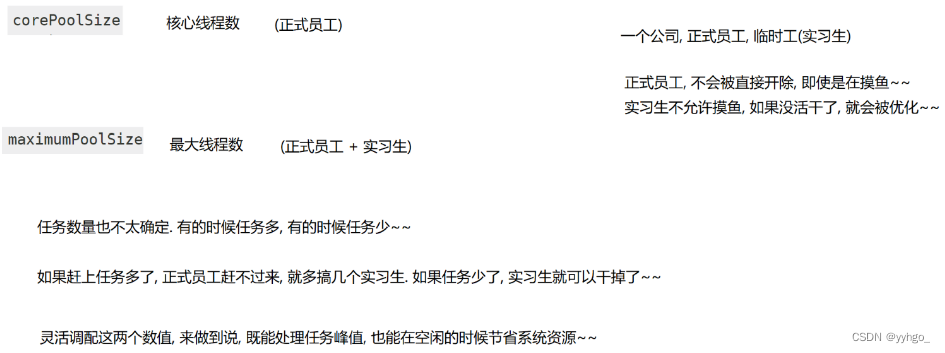



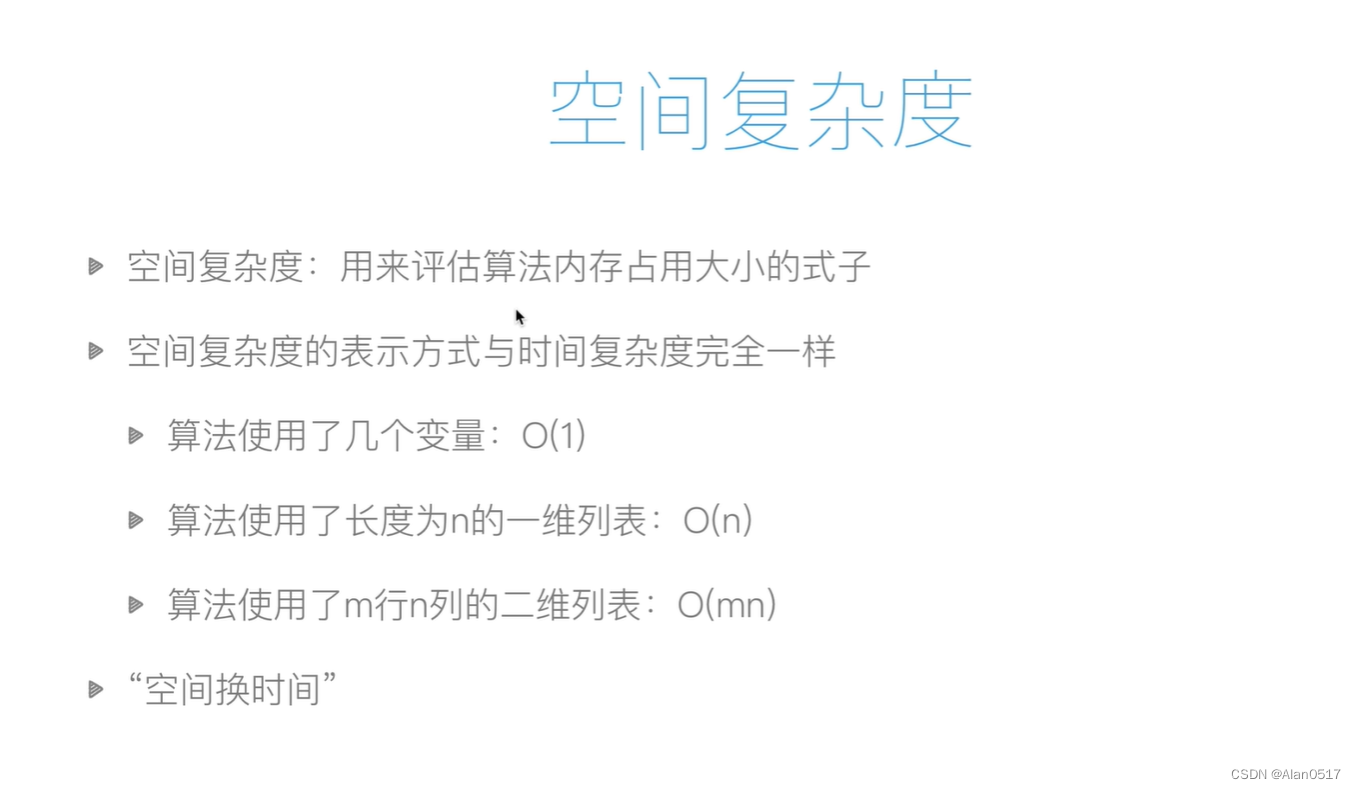
![[附源码]Python计算机毕业设计SSM基于的校园卡管理系统(程序+LW)](https://img-blog.csdnimg.cn/5dfcdd1a965e49f4bbd674a5b0639a12.png)
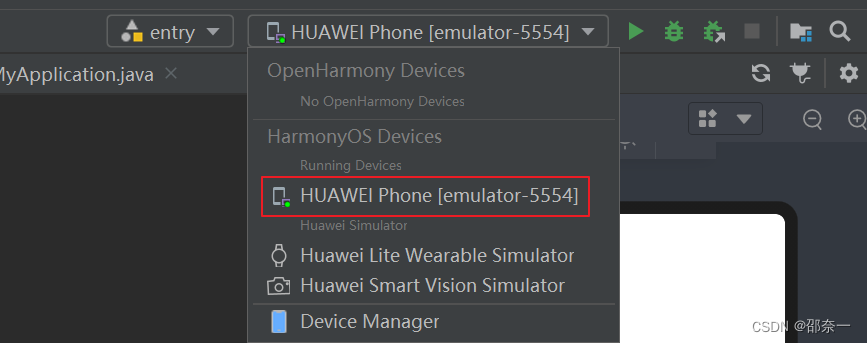
![[附源码]Python计算机毕业设计SSM基于的小型房屋租赁平台(程序+LW)](https://img-blog.csdnimg.cn/bae51dfea4914354a450e01f16af2e0c.png)
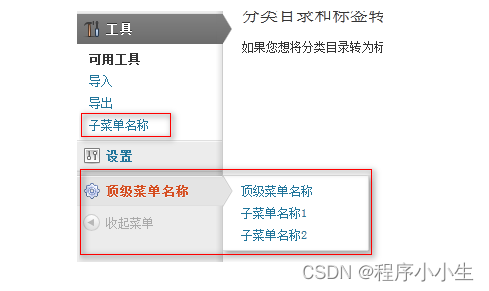

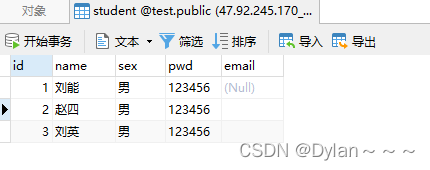




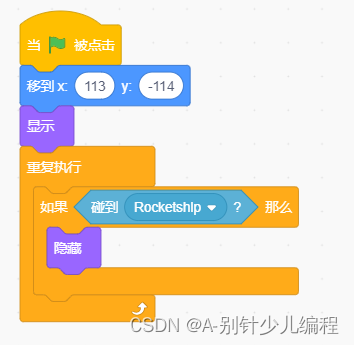
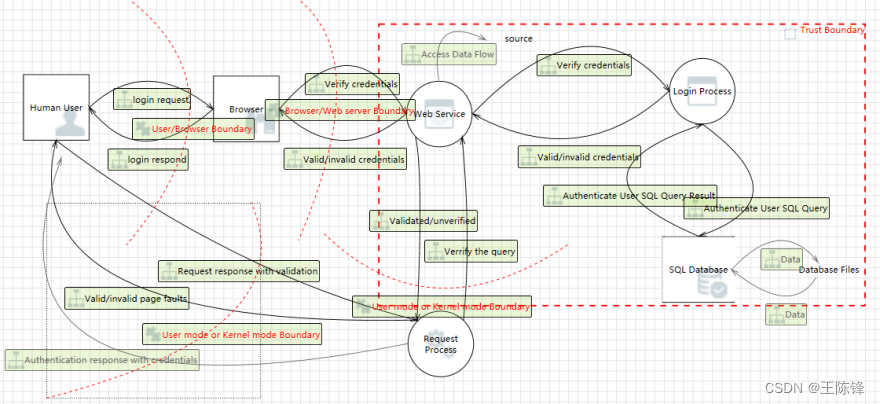
![[附源码]JAVA毕业设计医院管理系统(系统+LW)](https://img-blog.csdnimg.cn/13f401b6c6784d89aeb272baf962f2e0.png)